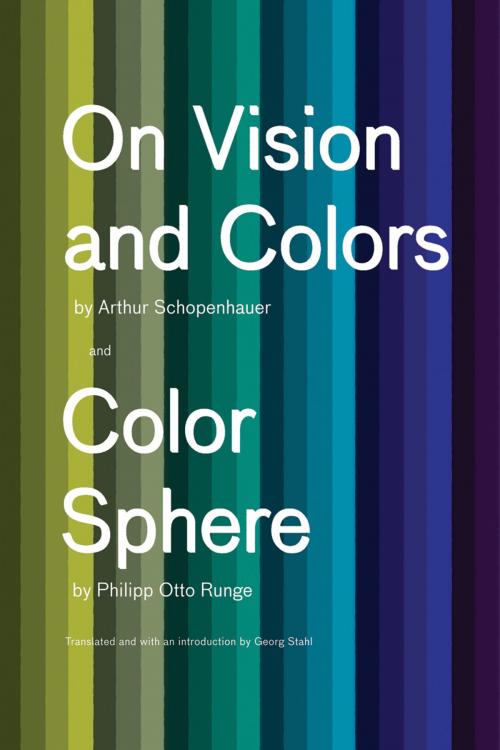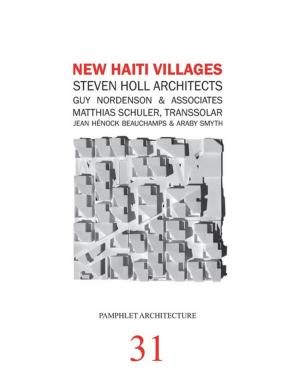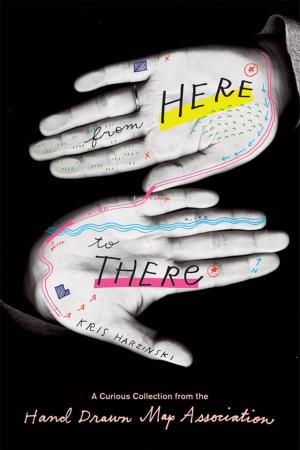| Author: | Arthur Schopenhauer, Philipp Otto Runge | ISBN: | 9781616890056 |
| Publisher: | Princeton Architectural Press | Publication: | March 20, 2012 |
| Imprint: | Princeton Architectural Press | Language: | English |
| Author: | Arthur Schopenhauer, Philipp Otto Runge |
| ISBN: | 9781616890056 |
| Publisher: | Princeton Architectural Press |
| Publication: | March 20, 2012 |
| Imprint: | Princeton Architectural Press |
| Language: | English |
During the first two decades of the nineteenth century, two of the most significant theoretical works on color since Leonardo da Vinci's Trattato della Pittura were written and published in Germany: Arthur Schopenhauer's On Vision and Colors and Philipp Otto Runge's Color Sphere. For Schopenhauer, vision is wholly subjective in nature and characterized by processes that cross over into the territory of philosophy. Runge's Color Sphere and essay "The Duality of Color" contained one of the first attempts to depict a comprehensive and harmonious color system in three dimensions. Runge intended his color sphere to be understood not as a product of art, but rather as a "mathematical figure of various philosophical reflections." By bringing these two visionary color theories together within a broad theoretical context—philosophy, art, architecture, and design—this volume uncovers their enduring influence on our own perception of color and the visual world around us.
During the first two decades of the nineteenth century, two of the most significant theoretical works on color since Leonardo da Vinci's Trattato della Pittura were written and published in Germany: Arthur Schopenhauer's On Vision and Colors and Philipp Otto Runge's Color Sphere. For Schopenhauer, vision is wholly subjective in nature and characterized by processes that cross over into the territory of philosophy. Runge's Color Sphere and essay "The Duality of Color" contained one of the first attempts to depict a comprehensive and harmonious color system in three dimensions. Runge intended his color sphere to be understood not as a product of art, but rather as a "mathematical figure of various philosophical reflections." By bringing these two visionary color theories together within a broad theoretical context—philosophy, art, architecture, and design—this volume uncovers their enduring influence on our own perception of color and the visual world around us.















